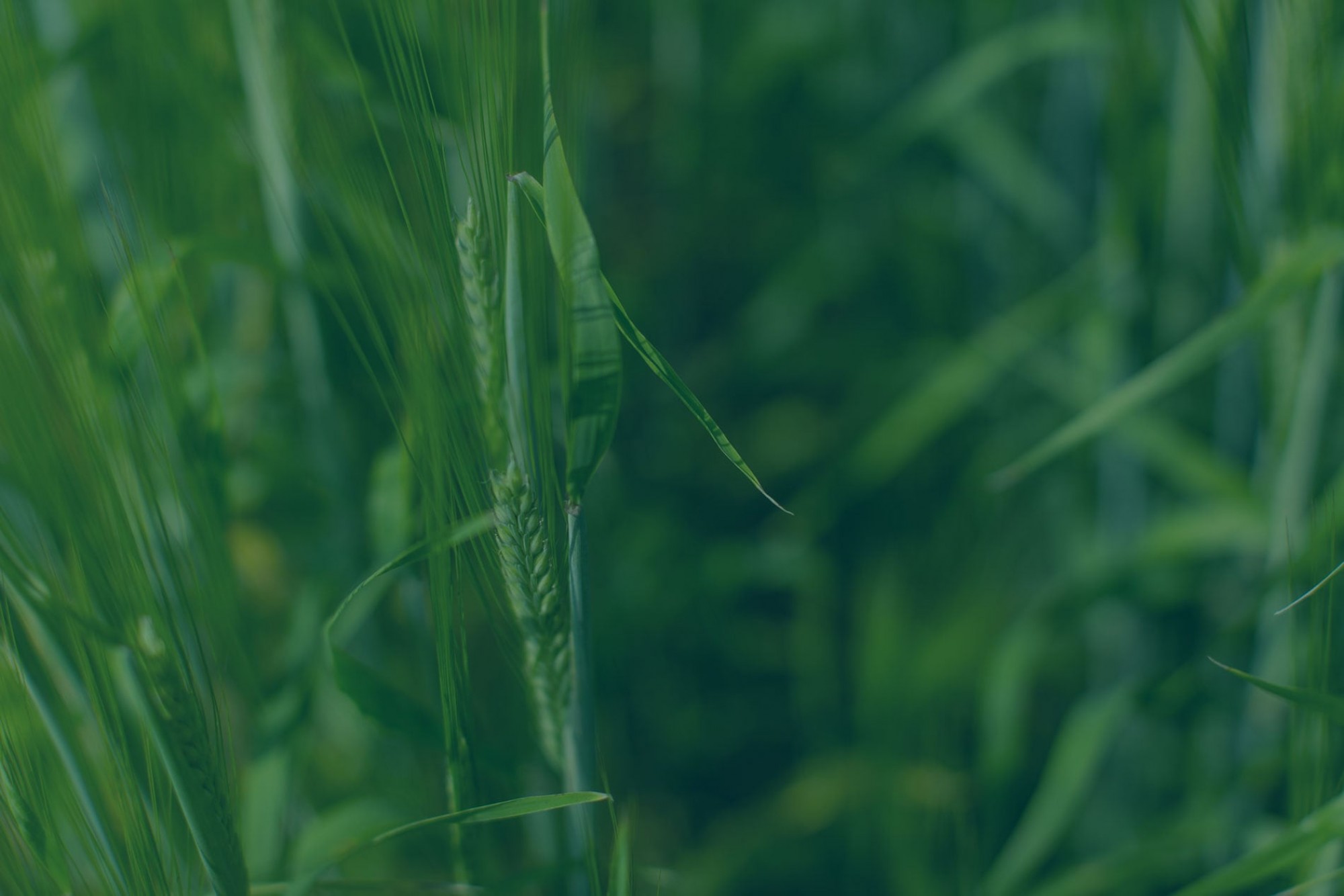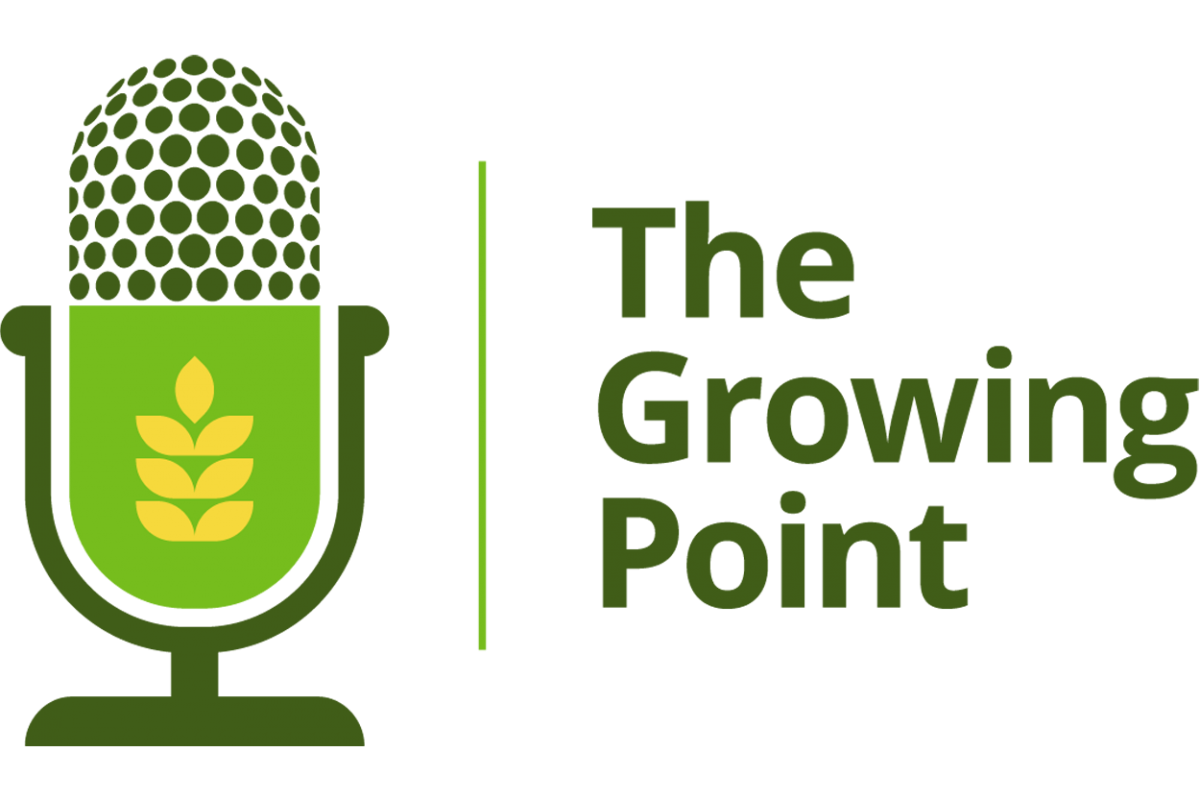Does wheat grown in Alberta need boron fertilizer?
By Dr. Ross H. McKenzie, Retired Alberta Agriculture Agronomy Research Scientist
Boron (B) is one of many essential micronutrients required for plant growth. Boron is referred to as a micronutrient as it is required by plants in very small amounts.
For example, an 80 bu/ac wheat crop takes up about approximately 0.1 lb boron/ac. Roughly 0.07 lb/ac of that is in the seed and about 0.03 lb/ac remains in the straw. It is important to note that, although boron is essential for growth, the amount of boron taken up by wheat is very small.
We occasionally hear the need for boron in canola production in Alberta but not for wheat or other cereal crops. Canola and alfalfa are two crops grown in Alberta with higher sensitivity to boron deficiency. Wheat and other cereals tend to have a lower sensitivity to boron deficiency.
Plant available boron in soil primarily exists as boric acid (H3BO3), which is a neutral molecule. As a neutral molecule, it does not attach to clay particles or soil organic matter. As a result, it is mobile in soil and can be leached through the soil profile with excess precipitation or irrigation. Therefore, potential boron deficiency tends to be greater on sandy soils and higher rainfall conditions.
Before discussing wheat’s need for boron in Alberta, a literature review of boron research in canola is useful.
Karamanos et al. (2003) conducted a large study to examine canola response to boron in western Canada. One conclusion was the hot-water extractable soil test used for boron is not an effective diagnostic tool for determining boron status in soil.
Studies by Karamanos et al. (2003) and Malhi et al. (2003) found that significant canola yield responses to boron fertilizer were rare in western Canada. Further, they concluded that general applications of boron fertilizer are not warranted in canola. This refuted the idea that in western Canada, high-yielding hybrid canola was being limited by soil available boron.
A more recent study by Harker and Hartman (2017) conducted trials at sites in Alberta and Saskatchewan. Of the 12 site years where boron was applied on canola at the 4 to 6 leaf stage; one site (Beaverlodge, AB) had a 14 per cent yield increase. The other 11 sites did not respond to B. The authors noted that the Beaverlodge site had unusually low yields compared to other sites within the study. Of the 14 site-years where boron was applied at the flowering stage, 12 sites did not respond to added boron, while two sites showed a significant response (yield at Beaverlodge increased by 13 per cent and yield at Lethbridge saw a 14 per cent yield reduction) to added boron.
In the late 1980’s and early 1990’s, Alberta Agriculture, conducted over 200 micronutrient trials including the application of boron on canola, wheat, barley and other crops across southern Alberta under dryland conditions in the Brown, Dark Brown and Thin Black soil zones as well as on irrigated fields. For winter wheat, spring wheat, barley and canola, of the 200 trials, not one site significantly responded to added boron fertilizer under dryland or irrigated conditions. Some sites had soil test boron as low as 0.2 ppm and no sites responded to added boron fertilizer. Some canola, pea and bean sites and one dryland winter wheat site did see a significant yield reduction in the range of 10 to 20 per cent when boron fertilizer was applied at a rate of 2 lb B /ac. This was important to note that even at very low application levels, boron fertilizer can have toxicity effects on a crop.
Some of our conclusions were:
- Brown, Dark Brown and Thin Black dryland and irrigated soils in southern Alberta may test as low as 0.2 ppm for hot water-soluble boron. Yet cereal crops did not respond to added boron fertilizer.
- The hot water-soluble soil test boron method was a poor indicator to diagnose boron deficiency in soil and predict the need for boron fertilizer. This was corroborated by results of the Karamanos et al. (2003) study.
- Wheat and other cereal crops are able to extract the needed amount of boron from soil even though levels of hot water extractable boron were as low as 0.2 ppm.
- Yield of winter wheat and canola declined at some research sites by 10 to 20 per cent due to boron toxicity with an application of 2 lb boron/ac.
- Continued research and testing are required to identify when various crops might give economic yield increases to additions of micronutrient fertilizers.
The conditions where crop response to boron fertilizer would most likely occur are with a crop more sensitive to boron deficiency such as canola grown on a coarse-textured sandy soil, with lower in organic matter and in higher precipitation areas of Alberta.
Summary
It is important to keep the need for boron and other micronutrient fertilizers in perspective. Over-promotion of micronutrients has occurred in the past and continues to be of concern. Often Alberta farmers have applied various micronutrients in the hope of increasing crop yields even though there is little evidence to suggest a deficiency exists. With the high cost of fertilizers, farmers simply cannot afford to apply fertilizers that do not economically increase crop yield.
Farmers concerned about boron deficiencies are encouraged to investigate the need thoroughly with the assistance of a very well-qualified soil specialist or agronomist. If field conditions show potential concern, start off by applying boron fertilizer in replicated test strips rather than fertilizing an entire field, to clearly assess any benefits. Be sure to visually observe the test strips and carefully measure yield with the use of weighing wagons or grain carts with scales. If soil types vary greatly across your farm, implement trials on more than one field. These steps will help quantify the on-farm value of boron applications.
Based on Alberta research by several scientists, most soils seem to be reasonably well supplied with boron for wheat. Soil and crop conditions in Alberta that require micronutrient fertilizers such as boron are the exception, not the rule. Care must be taken to keep the need for micronutrient fertilizers in perspective and not to promote them beyond their true significance.
Citations
Harker, K. Neil, and Murray D. Hartman. 2017. Nitrogen and seeding rate versus novel inputs for Western Canada canola production. Canadian Journal of Plant Science 97:32-43.
Karamanos, R. E., Goh, T. B., & Stonehouse, T. A. 2003. Canola response to boron in Canadian prairie soils. Canadian Journal of Plant Science, 83:249-259.
Malhi, S. S., Raza, M., Schoenau, J. J., Mermut, A. R., Kutcher, R., Johnston, A. M., & Gill, K. S. 2003. Feasibility of boron fertilization for yield, seed quality and B uptake of canola in northeastern Saskatchewan. Canadian Journal of Soil Science, 83:99-108.

